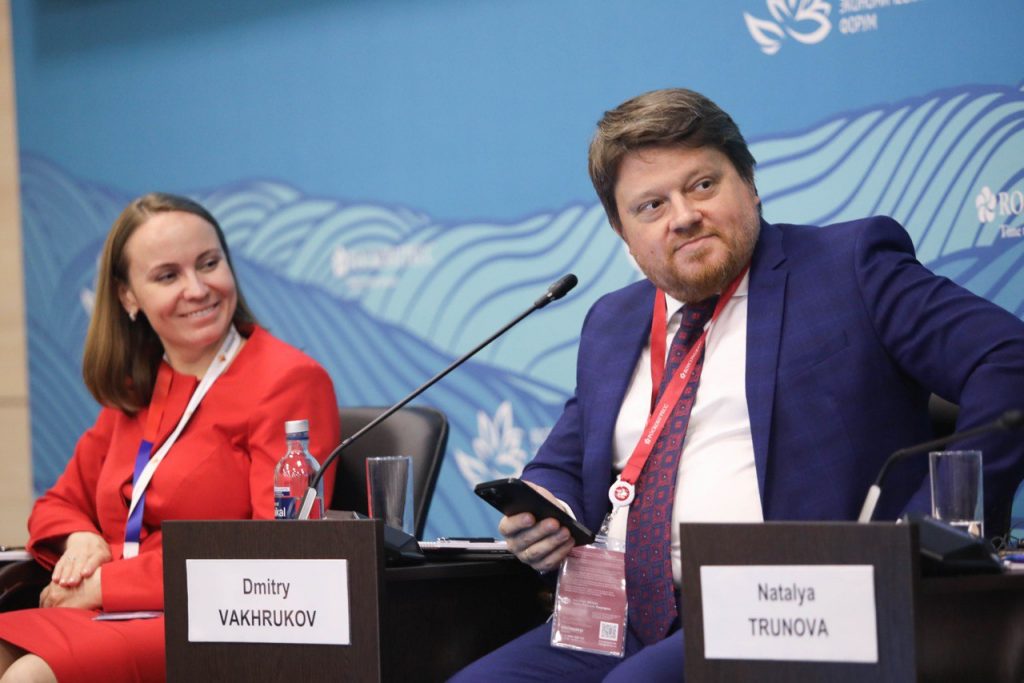Dmitry Vakhrukov: a program of preferential lending for the construction of production buildings will be launched for the SEZ

The priority areas for the development of preferential regimes in Russia are import substitution and technological development. This was announced by Deputy Minister of Economic Development of Russia Dmitry Vakhrukov at the Eastern Economic Forum as part of the session “The Evolution of Preferential Regimes in Russia.”
“Point solutions are proposed. These include preferential loans to management companies in the SEZ for the construction of production buildings. We are planning to launch such a program in the near future. The creation of ready-made production areas will speed up the implementation of investment projects in the SEZ – businesses will be able to choose suitable premises, install equipment and begin work, bypassing the lengthy investment and construction phase. We see such a request most of all from high-tech businesses, which make the main contribution to achieving technological sovereignty,” the deputy minister noted.
The meeting participants also discussed the integration of the Magadan Region SEZ into a unified network of pre-regimes of the Far East and the Arctic, including the ASEZ and the free port of Vladivostok, where favorable conditions are provided for attracting investments and government support measures.
“In terms of the volume of investments and the multiplier that investments in the Far Eastern priority areas give (2.3 trillion rubles over 7 years), these are impressive results, so the potential of the Far East is largely revealed thanks to this prefresh. The SEZ in the Magadan region, created in 1999, in this sense requires modernization and integration into a single network of preregimes of the Far East. For this purpose, we are preparing appropriate draft decisions and are discussing with the Government and relevant departments,” said Dmitry Vakhrukov.
The deputy minister noted that the key goal of preregimes is to ensure a balance between investments made in infrastructure and lost income.
“We achieved the result we expected. At the end of 2022, the SEZ mechanism has fully paid for itself for the budget. Residents paid 36.6 billion more in mandatory payments than benefits were used and spent on infrastructure. The mechanism is more than in demand; 20 out of 50 SEZs have been created over the past three years during a very difficult period for business. The most important thing now is to preserve what we have. At the same time, understanding that efficiency has already been achieved and will only be multiplied further,” emphasized Dmitry Vakhrukov.
Source





